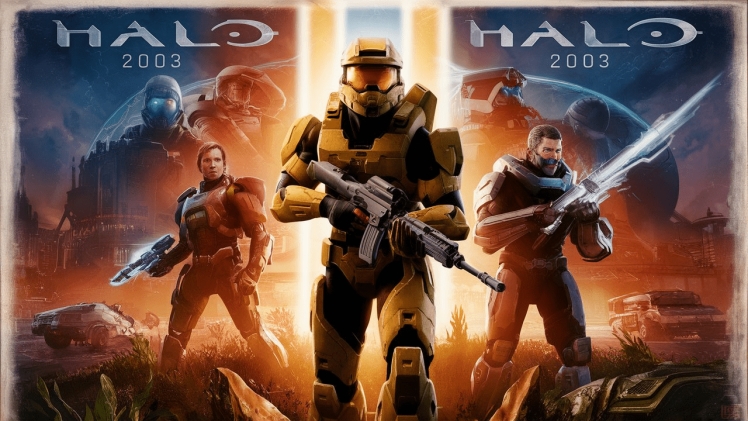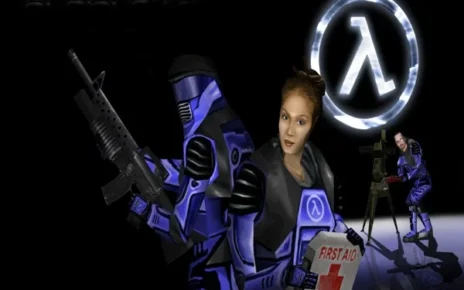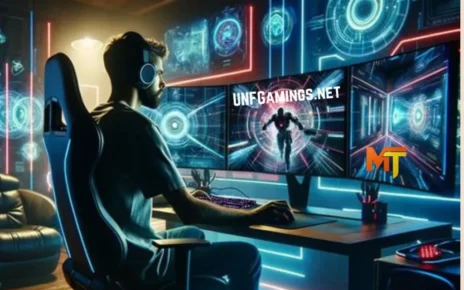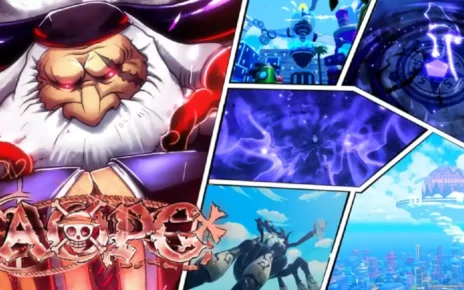Halo (2003), also known as Halo: fight evolved, wasn’t just a recreation; It was a phenomenon. It redefined the first-individual shooter genre on consoles, captivated gamers with its immersive global, and left a lasting legacy on the gaming industry. One factor that often goes left out however significantly contributes to the overall experience is the sport’s use of icons and banners. Those seemingly easy elements play a essential function in enhancing gameplay, fostering a feel of community, and organising a awesome visible identity for Halo.
This newsletter delves into the world of Halo (2003) recreation icons and banners, exploring their importance, impact, and enduring legacy.
The importance of Icons and Banners in Halo (2003)
Icons in Halo (2003) serve a large number of functions:
- Identity: They visually represent players, guns, cars, system, and energy-usain the game’s menus and HUD (Heads Up display). A brief glance at an icon lets in players to right away become aware of what’s available or what an opponent is wielding.
- Information Delivery: Some icons convey additional information beyond basic identification. For example, a flashing health icon might indicate low health, while a weapon icon with a number might represent remaining ammo.
- Customization: Halo (2003) provided limited participant customization alternatives. gamers may want to choose from an expansion of colour palettes to customize their Spartan armor, which have been contemplated in their in-recreation icons.
Banners in Halo (2003) are larger graphical elements used for:
- Team Representation: In multiplayer, team banners prominently displayed in lobbies and on scoreboards visually distinguished teams. These banners often featured the team’s chosen color and emblem, fostering a sense of team identity and friendly competition.
- Rank and success show: Positive ranks and achievements unlocked precise banners that gamers may want to equip in multiplayer. These banners served as a visible illustration of a player’s skill and accomplishments, including a layer of status and reputation.
The impact of Icons and Banners on Gameplay
The use of well-designed icons and banners in Halo (2003) positively impacts gameplay in numerous ways:
- Community Building: Team banners fostered a sense of camaraderie and friendly competition in multiplayer. Players could rally behind their chosen banner and colors, creating a sense of belonging and shared purpose.
The Enduring Legacy of Halo (2003) Icons and Banners
- The influence of Halo (2003)’s icons and banners extends far beyond the original game. Here’s how: Industry Standard: Halo’s clear and concise icon design became an industry standard for first-person shooter games. Many developers adopted a similar approach, prioritizing readability and instant recognition.
- Community Creation: Halo’s emphasis on customization with emblems and colors inspired a vibrant community of fan-created content. Players designed and shared custom emblems, further personalizing their in-game experience and banners.
- Evolution of the Genre: The use of banners to represent teams and achievements laid the groundwork for more elaborate clan and guild systems in later games. This fostered a stronger sense of community and long-term engagement with online gaming.
- Stronger clarity: Clean and recognizable icons permit players to quickly apprehend statistics at the screen, leading to faster choice-making and advanced response instances inside the rapid-paced global of Halo.
Conclusion
While often overlooked, Halo (2003)’s game icons and banners played a significant role in shaping the game’s success. They furnished a clean and green way to speak facts, fostered a feel of network, and helped set up the game’s awesome visible identification. Their have an impact on continues to be felt within the gaming industry today, serving as a testomony to the strength of properly-designed visible factors in improving the overall player revel in.




